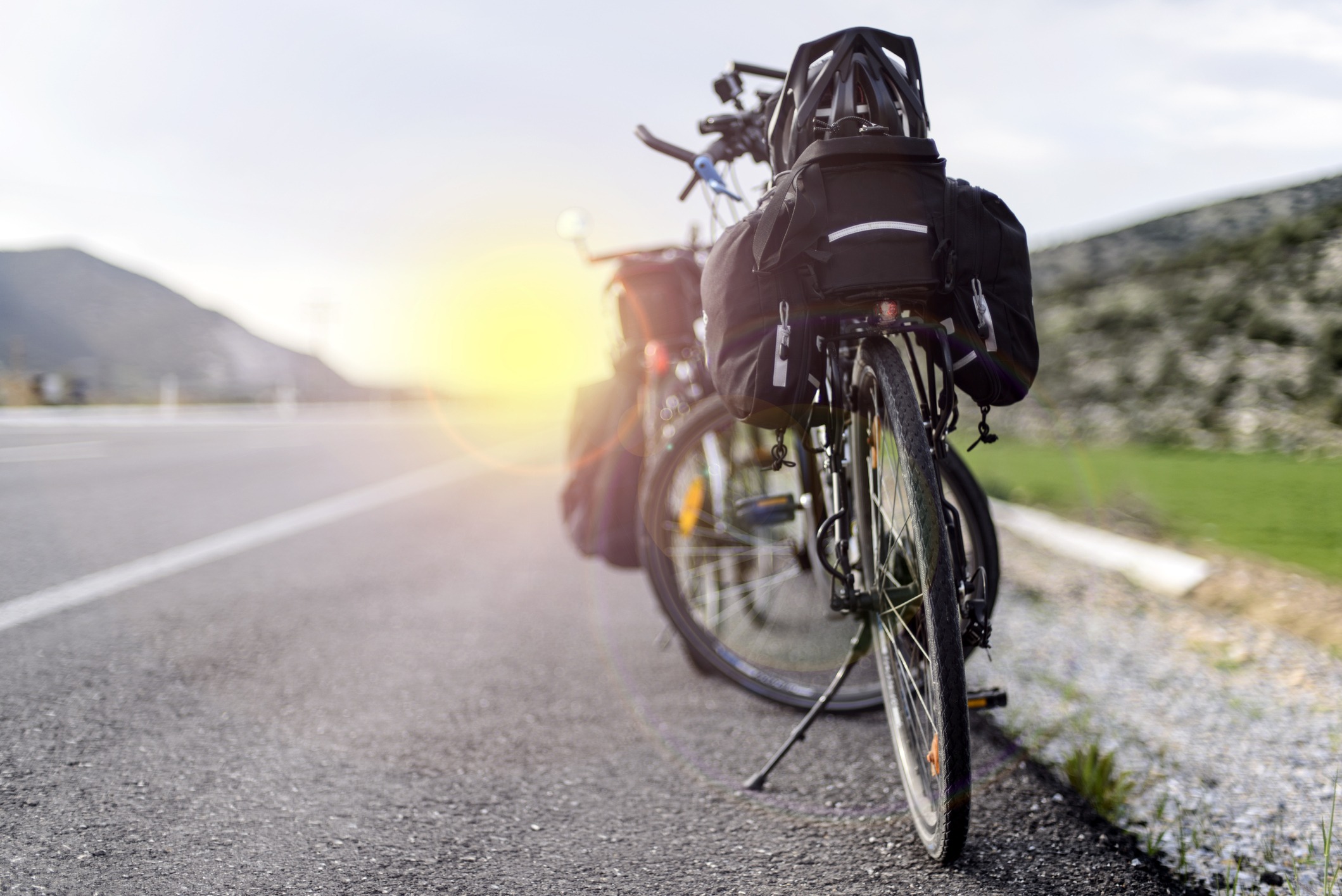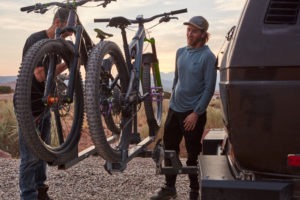Manufacturers have found creative ways to maximize the use of a bike’s frame for storage purposes. Whether you use your bike to commute a short distance to work or take long tours on the weekends, it’s essential to choose bike bags that suit your storage requirements. Below are the main types of bike bags to help you choose the one right for you. Often, a combination of bag types will best meet your needs.
Seat Pack
Also called an underseat bag, seat bag, or saddle bag, this wedge- or cone-shaped bag uses straps to hang under the seat, above the rear tire. Small seat packs are just big enough to hold essentials like a travel pump, repair kit, keys, and ID. Waterproof and water-resistant large seat packs offer solid alternatives to panniers because they don’t create resistance to pedaling. No matter what kind of riding you plan on doing, having a seat pack should be a strong consideration.
Top Tube Bag
Tube top bags are stiff, wedge-shaped packs that strap to the top tube and head tube or seat post. Like stem bags, top tube bags offer access to food, your phone, and a repair kit while you ride. As with frame packs and panniers, you want to make sure that the top tube bag you choose will fit your frame and not interfere with pedaling. Top tube bags can be good alternatives to seat packs.
Understand your bike’s components – https://www.the-house.com/portal/bike-components-elements-you-should-understand/.
Frame Pack
Unlike other types of bags, frame packs fit inside the frame, secured to the top tube and down tube. Because this bag rides inside the frame’s triangle, it’s important to have a sense of your bike’s geometry before choosing a frame pack. The size of the frame pack will also determine whether your legs clear the pack when you pedal.
Handlebar Pack
This type of bag mounts to the front of the handlebar, suspended above the front tire. Larger and more accessible than seat packs, handlebar packs are ideal for storing large items like clothing and a tent.
Panniers
Panniers are the largest bag type. They are designed to mount on one or both sides of the frame, in the front or the back. Panniers offer a roomy, water-resistant storage option for large items like clothing and camping gear. This type of bag disconnects easily from the frame to take with you, making it ideal for long-distance touring. Two drawbacks to panniers are that they create more resistance for pedaling and that they can interfere with your pedaling if not selected carefully for your bike.
Stem Bag
The stem bag mounts to the handlebar on either side of the stem. It’s also known as a feed bag because it offers an ideal place to keep snacks to enjoy while riding (or to replenish while racing), though it can also be used to store other small essentials. The original stem bag was first manufactured and sold in 2006 by an Oregon woman whose concept and design has since been improved upon by numerous manufacturers.
Sources:
https://bikepacking.com/gear/bikepacking-stem-bags/
https://www.bicycling.com/bikes-gear/g39263352/bike-frame-bags/
https://www.rei.com/learn/expert-advice/bike-bags-racks.html
https://www.rei.com/learn/expert-advice/how-to-choose-bikepacking-bags.html








